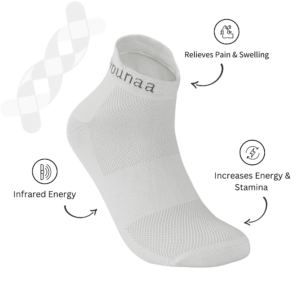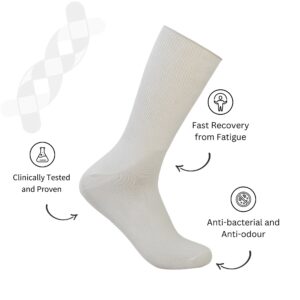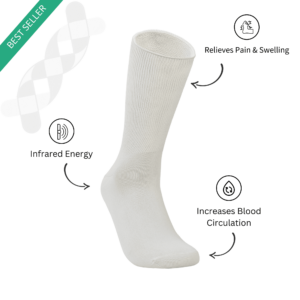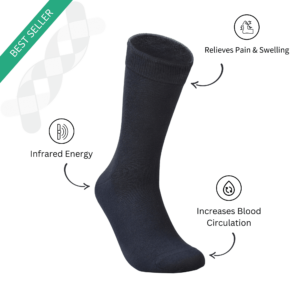Are you planning to strength train? Well congratulations, that’s a healthy choice and we hope you reach your strength training goals soon. But there are some basics that you must know before starting to strength train so that you don’t injure yourself. Here are a few strength training basics that you must keep in mind before you hit the gym.
Important Training Terms and Strategies
As a beginner you must know the important terms of strength training. You must know all important training strategies so that you can adapt them in your sessions and get one step closer to your goal. The main muscles involved in strength training are your arms, back, chest, stomach, abdomen, buttocks and legs. The way you work them out determines your outcome.
The first thing you will hear a lot in training sessions are ‘reps’ or repetitions and ‘sets’. Reps refer to the completion of a single movement and sets refer to the number of reps done together. So, if someone says they do 3 sets with 10 reps each of squats, it means, they do 30 squats with a break after every 10 squats.
Training to Build Strength
If you want to increase your overall strength you need to gradually increase the intensity of your workout or start working out for a longer duration. The most common method is to slowly increase weights to keep the workout challenging yet doable.
Training to Increase Muscle Size (Hypertrophy)
This training involves more repetitions with lighter weights. The repeated contractions break down our muscles. This causes a micro-trauma and is not responsible for muscle growth. Muscle growth takes place later when we are at rest. Our body works to repair the broken muscles. It is replaced with larger cells that can withstand the repetitive movement. Therefore, the repetition will increase the size of your muscles, however they won’t be as strong as those who have the same size muscles from strength training. If you intensify the number of sets and reps it can increase muscle endurance as well and this will be better from a health perspective.
Most non – competitive trainers tend to adapt a combination of strength training and hypertrophy to have a well-rounded, strong and aesthetic body.
Power Training
Power training has a close coordination with time. It involves building strength first and switching to lighter weights with faster reps. If you can lift the same amount of weight faster than you did a few weeks ago, without disrupting your form, it means that you are becoming ‘powerful’. Since power training is a combination of both strength and hypertrophy, you can easily incorporate it within the two for maximum benefits.
Warm Up
Warm up loosens your muscles and charges them up. Your body is ready for a training after a good warm up. So, instead of reaching out for the heavy weights, take time to stretch your muscles and warm your joints so that they are ready for a heavy workout. Working out without any warm-ups can be very risky as it can lead to severe injuries.
Keep an Eye on Your Form
When you have multiple reps or move on to heavier weights it may be possible that you forget to monitor your form. This is especially true when you are trying to move quickly to heavier weights. Your body isn’t accustomed to the new movement and instead of giving it time you have intensified the workout. In such a situation, your body will automatically try to modify the movement to make it faster. Sometimes modified movements reduce the benefits of the workout while on other occasions they can injure you.
If you have a gym membership, don’t be afraid to seek advice from a gym instructor. Ask them if you are doing the exercise correctly and be open to their advice. If you have started working out from home, you can film yourself working out and later compare it with professionals doing the same exercise. If there is a mistake in your form, go back a few steps and start again. This will help you adapt a stronger foundation the next time you proceed to the next level.
Take Time to Recover
Your body is not a machine. The first time you start strength training it will take two to three days to recover. When we have an intense workout session for the first time we get Delayed Onset Muscle Soreness, DOMS. Can you remember the time you went for a hike and the next day your muscles were so sore that you struggled to get out of bed? It was the DOMS that caused you so much discomfort. It happens because our muscles are broken from the intense workout. The body takes a few days to repair the broken muscle cells and replace them with stronger, more sturdy cells that are much more resistant to wear and tear. This is why, if you go back to do the same workout after a few days of rest you will notice that the pain is gone. It is interesting how our body adapts so quickly to change!
Once your DOMS have reduced you must go back to the same exercise you did the first day. Do not try to shoot for the sky and above right from your second day at the gym. Rather, stay level with your current routine and gradually increase the difficulty.
A good training session allows you to exert yourself. It is difficult but not impossible. If you feel it is impossible to push through and you are modifying your movements just to crawl to the finish line, you are over-exerting yourself and this can later on cause severe health issues.
Build A Routine
How much time can you give to your workout session? What it your end goal? All this is very important when you start a workout regime. Right before you even start using a machine you need to know if want to improve your strength, your power, be more aesthetic or be a combination of all three.
Your routine should have a mix of:
Compound Exercises: Exercises that involve more than one muscle group. For example, squats work the gluts, hamstrings and calves.
Isolation Exercises: They are exercises that only work a single muscle like the dumbbell arm curl will only exercise the biceps.
Many tend to break down their workouts. They train their upper body one day and their lower body the next. This is a perfectly fine and is recommended for those who have intense training sessions. While they switch workout sessions, it gives their body enough time to recover.
Track Your Progress
Lastly, no workout is complete without periodic evaluation. By tracking your progress, you can determine whether you need to increase the difficulty or modify exercises to better suit your goal. You remain on top of your game if you religiously track your progress. It does not matter if you are trying to strength train for a career or just to get bragging rights among your friends, it is always important to track your progress. In fact, it can save you from injuries too. By tracking your progress every month/week, you will not only know which workouts are too easy for you but also the ones that remain difficult and require more time to improve on.
Strength training requires a tremendous amount of patience and discipline. Many fall behind because they lack the patience required to proceed with strength training but if you persevere through the tough times you can have the body of your dreams. It isn’t going to be an easy journey but it will be a fruitful one.




























